7 Popular Traditional Iranian Pickles (Torshi)
If you've ever tasted Iranian food, you're likely familiar with the concept of Persian side dishes – Iranian traditional pickles.
Torshi and Shoor are two most popular side dishes in Iran, known as traditional pickle.
These tangy side dishes are far more than mere afterthoughts; they're an essential element that elevates the entire dining experience.
In this article, we'll explore the history of Iranian pickles, its two main processing methods (Torshi and Shoor), and finally, introduce 7 most famous Iranian pickles.
Persian Pickle History: A Tangy Tradition
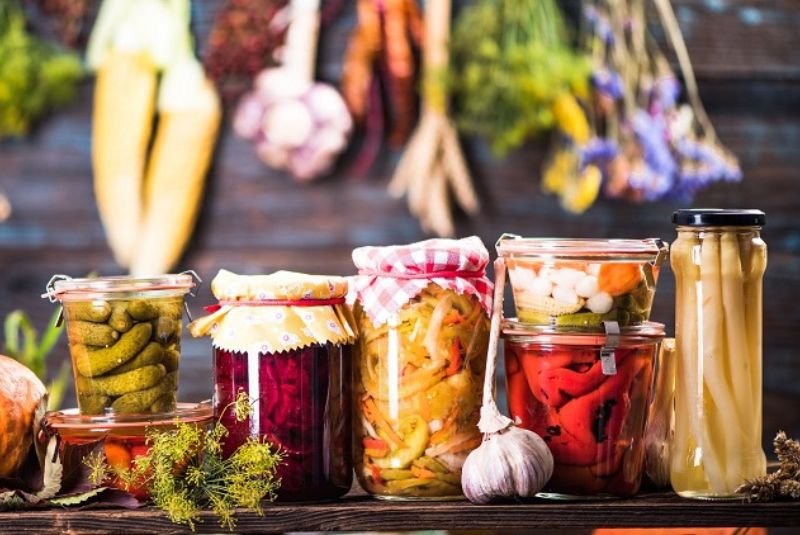
The history of Persian pickles, known as torshi, is shrouded in a delightful mystery. We don't have a precise date for their invention, but their presence on Iranian tables stretches back centuries, hinting at a rich and flavorful past.
Pickling itself emerged as a clever technique in Mesopotamia around 2400 BCE. By using brine or vinegar to create an acidic environment, early civilizations discovered they could prevent food spoilage. This innovation was particularly valuable for preserving vegetables, a seasonal bounty that wouldn't last long without intervention. This pickling technique eventually reached Iran, laying the groundwork for the development of torshi.
The word "torshi" itself is a fascinating clue. It comes from the Persian word "torsh," meaning "sour." This connection highlights the essence of these traditional pickles – a tangy and delightful counterpoint to richer dishes in Iranian cuisine. Evidence suggests that fermented vegetables, a cornerstone of torshi, have been a staple in Iranian diets for as long as 3,000 years. This long history speaks to the enduring popularity and versatility of torshi.
| Read more: Unusual Foods in Iran - Weirdly Wonderful Dishes
Iranian Pickling Process
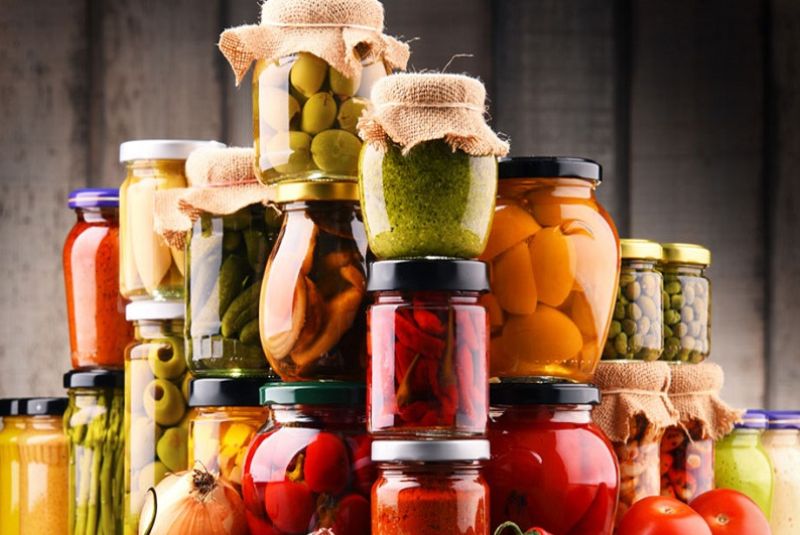
While the ingredients for each pickle may vary, the core pickling process follows a similar path, allowing for a basic recipe to serve as a foundation:
- Washing and Drying: The adventure begins with cleanliness. Wash all your pickling ingredients thoroughly to remove any dirt or debris. Once washed, allow them to dry completely. Spreading them out on a clean, dry cloth is a perfect way to achieve this. Moisture is the enemy of pickling, so ensure everything is completely dry before proceeding.
- Packing and Brining: Now comes the fun part! Once dry, mix your chosen pickling vegetables and spices together. Pack them neatly into a sterilized, completely dry glass container. Here's where the vinegar comes in – pour enough vinegar to completely submerge your pickling mix.
- Sealing and Storing: Tightly secure the lid of the container. Here, an extra layer of protection can be achieved by wrapping the lid with a clean cloth and securing it with a rubber band. This ensures a proper seal and prevents any unwanted air from entering.
Craving a taste of Iranian traditional pickles in a hurry? Here's a shortcut:
- Simply combine all your ingredients in a pot, pour vinegar over them until submerged, and bring to a boil.
- Simmer until the vegetables soften slightly, then turn off the heat and let everything cool completely.
- Transfer the cooled mixture to a container – no waiting necessary, you can enjoy these quick pickles right away!
| Suggestion: Top 20 Persian Snacks - Taste the Best
The Difference Between Iranian Torshi and Iranian Shoor

The fascinating difference between Persian Torshi (pickle) and Iranian Shoor (brine) is that Torshi utilizes vinegar as the primary pickling agent, creating a tangy and sour flavor profile. Shoor, on the other hand, takes a different path.
Instead of relying solely on vinegar, it employs a combination of water and salt (sometimes with a touch of vinegar added). This salty solution serves multiple purposes:
- The high salt concentration effectively eliminates harmful bacteria, ensuring the safety of your pickles.
- The salt also plays a crucial role in promoting fermentation. This process, driven by beneficial bacteria, is what creates the tangy flavors and unique textures associated with pickles. The salt creates an environment where these good bacteria can flourish.
- Shoor contains little to no vinegar, making it a suitable option for those who have a sensitivity to vinegar's acidity.
| Discover: Famous Iranian Desserts You Must Try
Different Types of Persian Traditional Pickles
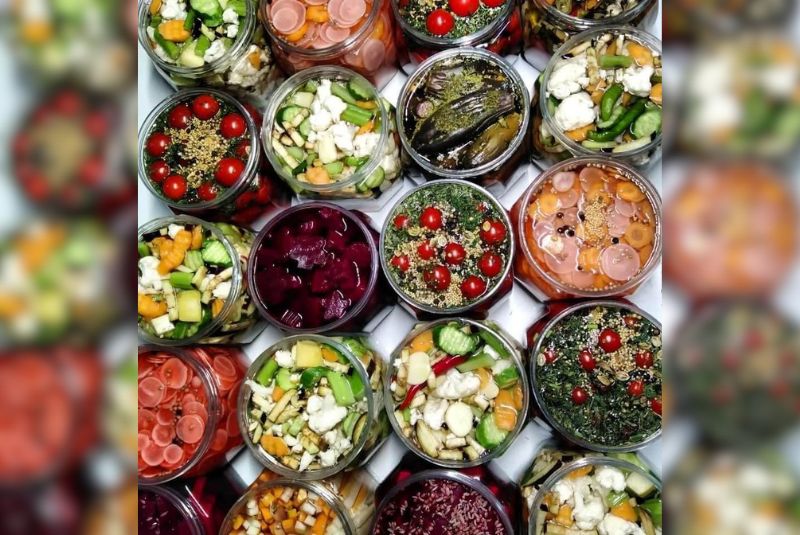
Iranian traditional pickles boast a complex flavor profile thanks to a unique blend of spices and aromatics. This typically includes whole or chopped turmeric, paprika, angelica root, coriander seeds, nigella seeds (black seed), cinnamon, fennel seeds, cumin, nutmeg, thymus, black pepper, and red pepper.
For easy removal, the spice mixture is often wrapped in a cheesecloth and added during pickling. Once the flavors have infused, the cheesecloth is simply removed. Alternatively, you can skip the cheesecloth and add the loose and grinded spices directly to the pickling jar.
Each region of Iran puts its own spin on pickling. This means the flavors can vary greatly, catering to the specific palates of the region. So, a pickle adored in Shiraz might not be everyone's cup of tea (or jar of pickles) in Tabriz!
However, some traditional favorites transcend regional preferences. The most popular Persian traditional pickles include:
1- Haft-e Bijar Pickle – Kurdistan
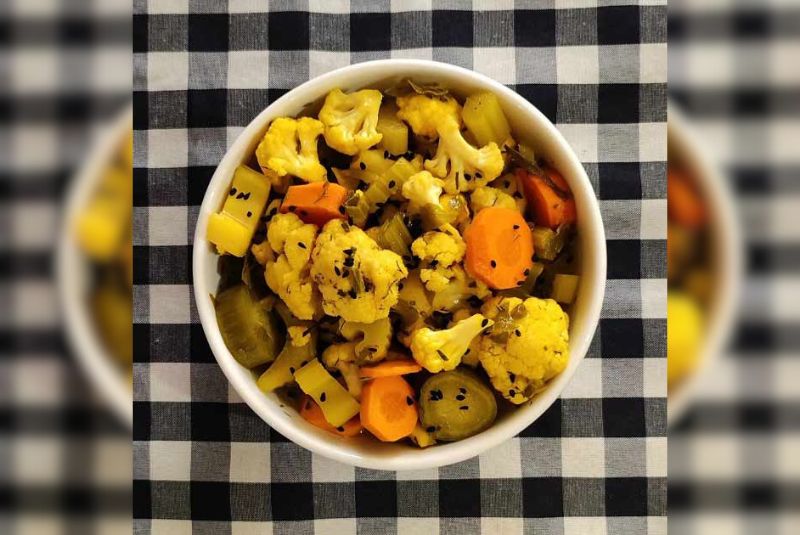
The original recipe incorporates a vibrant medley of seven different vegetables and fruits, including eggplant, carrot, cauliflower, cucumber, garlic, and shallots, all seasoned with aromatic herbs. Pickling spices further enhance the flavor profile, featuring black and red pepper, angelica, turmeric, cinnamon, cumin, curry powder, nigella seeds (black seed), fennel, and coriander (both seeds and dried leaves).
| Also read about: Top Iran Fruits - Seasonal Treats & Benefits
2- Bandari Pickle – Bandar Abbas and Bushehr
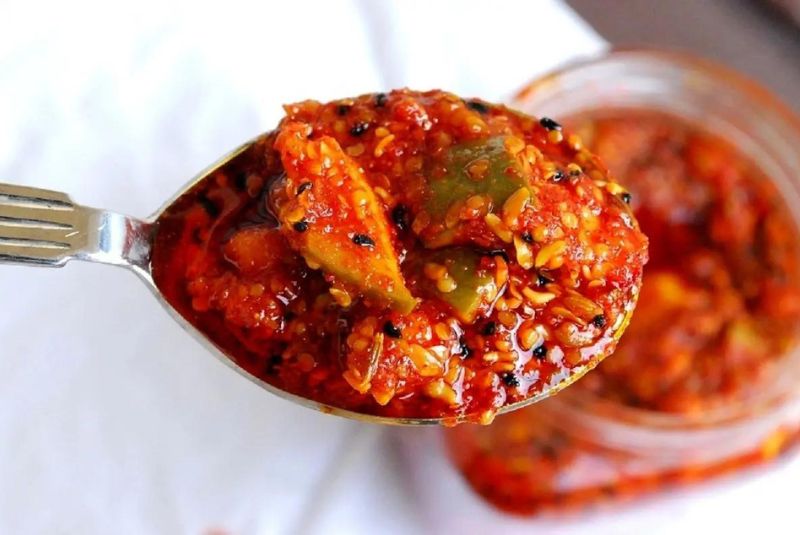
These fiery delights hail from the southern Iranian cities, where the warm climate fosters a love for bold flavors. Bandari torshi is made of pickled vegetables, featuring cucumber, eggplant, carrot, cauliflower, and shallots. A generous amount of red pepper adds a spicy kick, while aromatic vegetables and tomato paste round out the complex flavor profile.
| Read more: Popular Persian Sweets You Must Try
3- Nazkhatoun Pickle – Gilan and Mazandaran
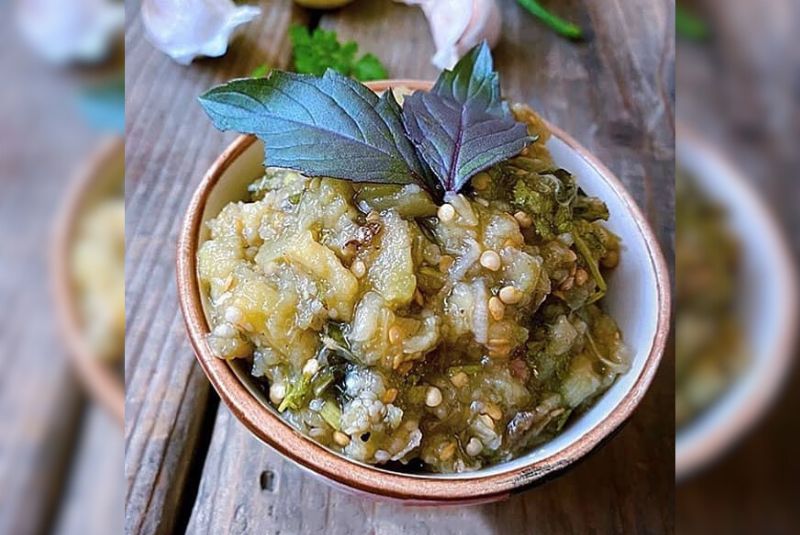
This unique pickle features grilled eggplant, tomatoes, and garlic, all bursting with smoky flavor. Local aromatic vegetables add another layer of intrigue, while a touch of pepper powder and saffron elevates the taste.
Other than Nazkhatoun, the north boasts a bounty of other delights. Simple Pickled Okra features okra pods brined in vinegar, while Pickled Eggplant showcases roasted eggplant with tangy vinegar, shallots, and a hint of turmeric. Finally, Pickled Garlic utilizes both cloves and scapes (the flower stalk) for a truly unique taste experience.
4- Liteh Pickle
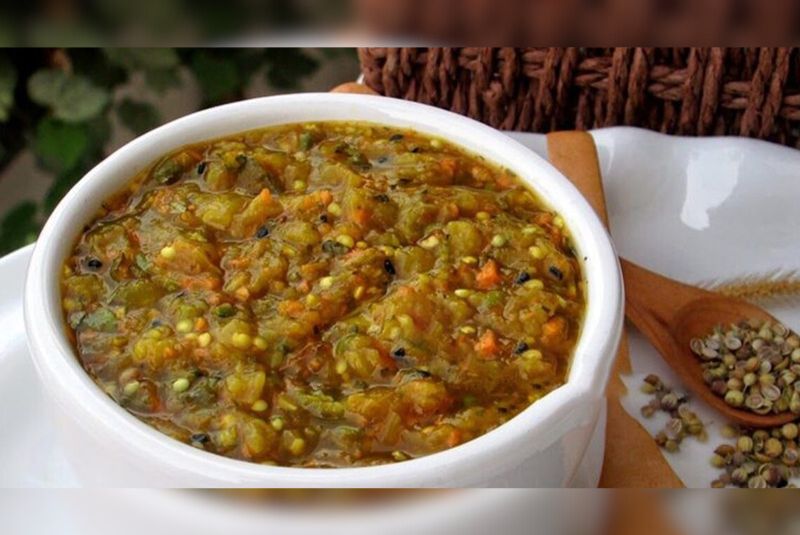
Pickled Liteh is a culinary treasure of Iran, but its origins remain a mystery. No single city can claim its creation, leading to a charming tradition where different regions have adopted the recipe as their own.
This delightful pickle boasts a vibrant blend of textures and flavors. The base is built with cauliflower or white cabbage, carrots, peppers of all kinds, cucumbers, and eggplants. Aromatic herbs like savory, tarragon, coriander, leeks, basil, and parsley add a touch of freshness, while pickled spices elevate the dish with depth. Black and green cumin, curry, turmeric, coriander seeds, black seeds, angelica, and dry mint complete the symphony of flavors. A touch of salt and vinegar ties everything together for a truly unforgettable taste.
| Also read: Traditional Persian Breakfast You Should Try
5- Mixed Pickle (Torshi Makhlout) – Qazvin

Qazvin's mixed pickle is a delightful explosion of taste and texture. This local favorite combines pickled cucumber, eggplant, carrot, cauliflower, and shallot in a vibrant symphony of flavors. Aromatic vegetables, turmeric, and pepper add depth and complexity, while vinegar and salt bring everything together for a perfectly balanced bite.
Qazvin has a rich pickling tradition, offering a variety of other delectable options. Onion pickle, made with peeled onion, dry and soft mint, garlic, and vinegar, is a delightful choice. For those who enjoy a sweeter pickle, black grape pickle, featuring grapes, vinegar, and salt, is a tasty option. And for a fiery kick, the pepper pickle, made with spicy green pepper, vinegar, salt, garlic, tarragon, and mint, is sure to tantalize the taste buds.
6- Mango pickle – Sistan and Baluchistan
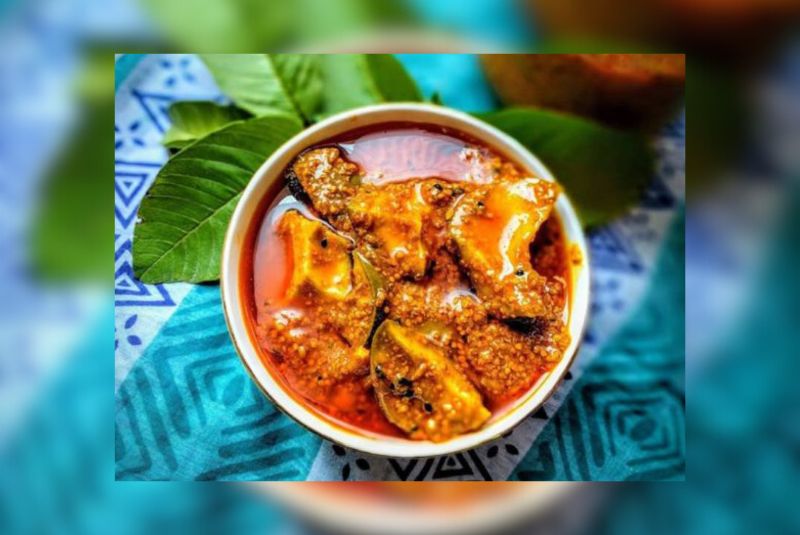
Hailing from Iran's Sistan and Baluchistan province, this mango pickle is a local favorite. Its popularity extends far beyond provincial borders, as it's a cherished souvenir enjoyed throughout Iran and even abroad. The secret lies in its simple yet flavorful blend of vinegar, mango, pepper, turmeric, and salt.
7- Red Cabbage Pickle
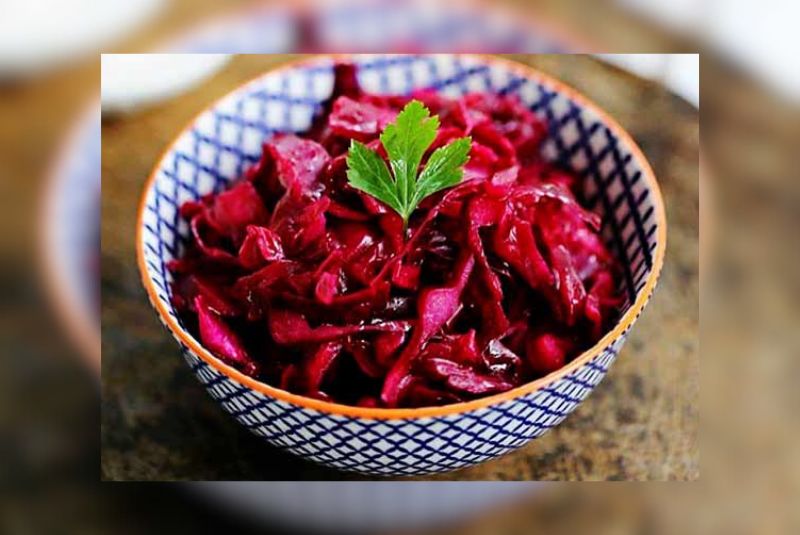
Pickled red cabbage is a beloved companion to Iranian kebabs. Its simplicity is key – all you need is red cabbage, salt, and vinegar. This easy-to-make pickle takes on a tangy flavor after a week, making it the perfect complement to the richness of kebabs.
| Also read about: Iranian Vegetarian Foods
Final Takeaway
Iranian meals are incomplete without the vibrant world of pickles. These colorful condiments adorn every table, whetting appetites with their tangy and savory flavors. While some may need to be mindful of their health benefits, these pickles offer a delightful taste of tradition.
So, don't forget to try some of Iranian traditional pickles while visiting Iran and enjoying traditional dishes. Sample a variety, savor the unique flavors, and perhaps even bring a jar or two home as a memento of your cultural experience.
Share your story!
Comment below and let us know about your Experience.
Your story inspires others!


Comment
Leave a Comment